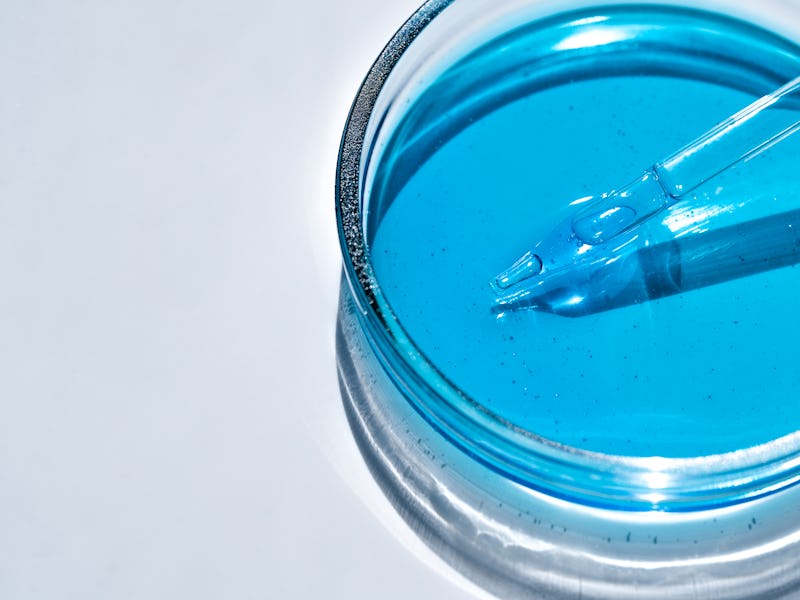Scientists Just Grew a Solid Human Organ in a Pig for the First Time
Kidneys are the most needed and most commonly transplanted organ.

In Greek mythology, a chimera is a monstrous scramble of a lion, goat, and a serpent. In genetics, the term means something only slightly more down-to-earth: an organism with cells from at least two different species. While this might sound perfect for devising something gruesome like a pigeon-rat, it’s most promising for regenerative medicine. A chimera, with a genetically engineered ability to nurture cells of another species, can grow entire organs for another creature. Researchers just used chimeras to get one step closer to growing vital human organs.
A team of researchers in China and the U.K. have used a CRISPR-modified pig-human chimera to grow a human kidney. They published their results today in the journal Cell Stem Cell. While previous studies have employed similar methods to grow human blood or skeletal muscle in pigs, this is the first time scientists have successfully cultivated a solid humanized organ inside another species.
Kidneys are the most needed and most commonly transplanted organ, and on average, more than a dozen people die every day waiting for a kidney transplant.
To grow the kidney, the researchers started with a blastocyst (an early-stage embryo) from cloned pigs. Then, they used the gene-editing technique CRISPR to remove two genes from the blastocyst that contain the instructions for developing kidneys. Otherwise, pig kidney cells would outcompete human ones for available resources.
Next, the researchers used human pluripotent stem cells, which can become any kind of cell, and tweaked them to be able to seamlessly integrate with a pig embryo’s biology.
A total of 1,820 embryos were implanted in 13 surrogate sow mothers. As the chimera embryos grew over either 25 or 28 days, the team closely watched how the human kidneys’ development fared. They aimed to grow a kidney to its middle stage of development, which they marked by the development of mesonephros, which are structural pieces of human kidneys.
The team set a gestation limit of 28 days because these embryo clones had a high risk for degeneration at the one-month mark and because mesonephros appear at around 20 days in pig embryos. However, these time parameters also stemmed from ethical concerns that other tissue, including the brain, could develop. By the 28-day mark, the team collected five embryos with normally developed mesonephros.
This isn’t the first time researchers have successfully grown an organ outside a body.
A paper published in 2017 demonstrates how researchers used a mouse-rat chimera to grow a mouse pancreas, successfully transplanted into another mouse. A 2019 paper demonstrated that mouse-rat chimeras can also develop mouse kidneys.
While these mesonephros developed normally, they can’t yet be transplanted into a human. They’d need to produce a mature kidney, known as a metanephros, in order to make that leap. What’s more, they’d need to confirm that other cell types within the kidney were also of human, not pig, senior author Miguel Esteban, a regenerative medicine researcher at the Guangzhou Institutes of Biomedicine and Sciences, wrote to Inverse.
“We are very excited [by] having achieved this milestone, but this is only the first step,” Esteban says. Future work entails further modification to human cells, mostly to make sure the chimera’s pig cells don’t get mixed into the developing human kidney, writes senior author Liangxue Lai, a molecular biologist at the Guangzhou Institutes of Biomedicine and Sciences.